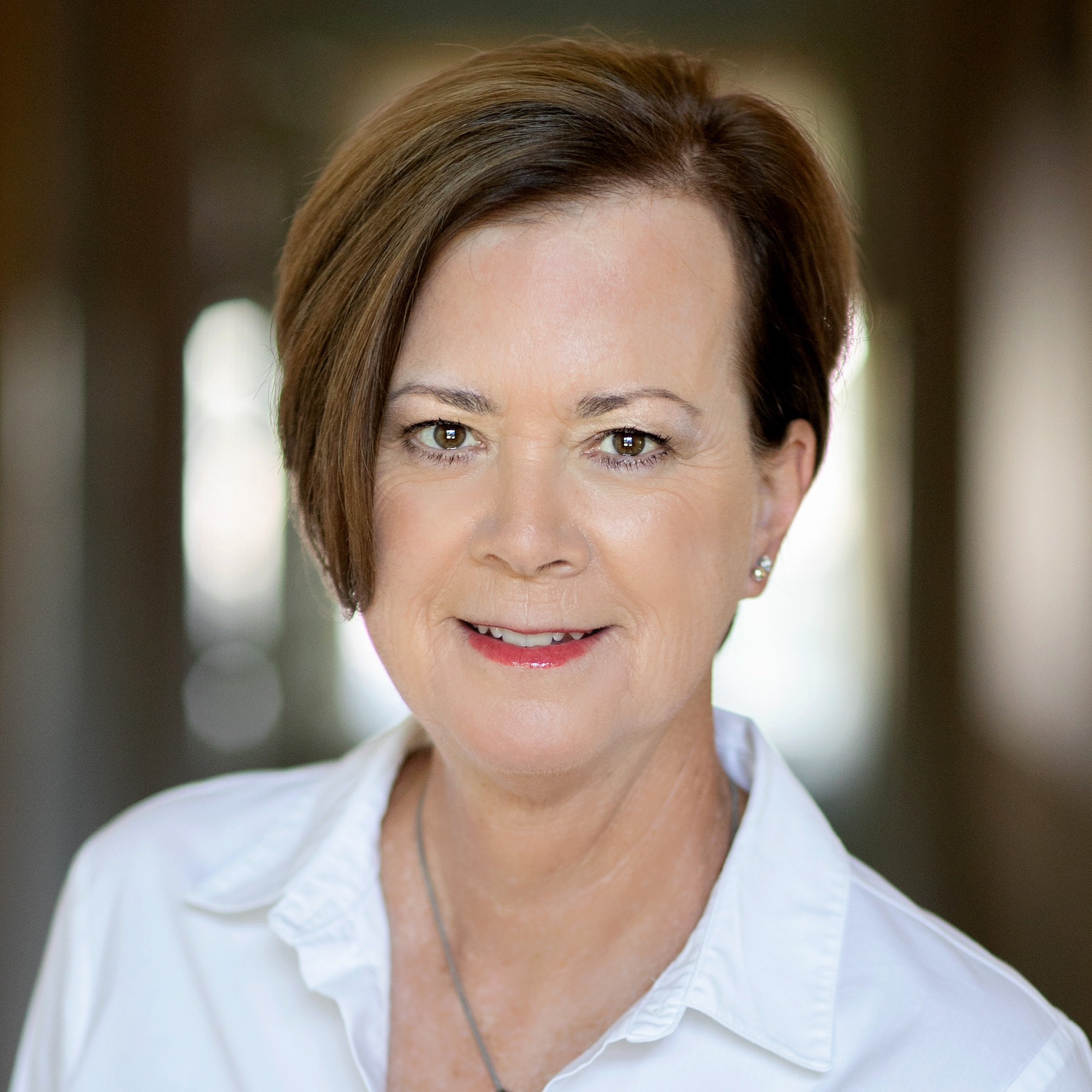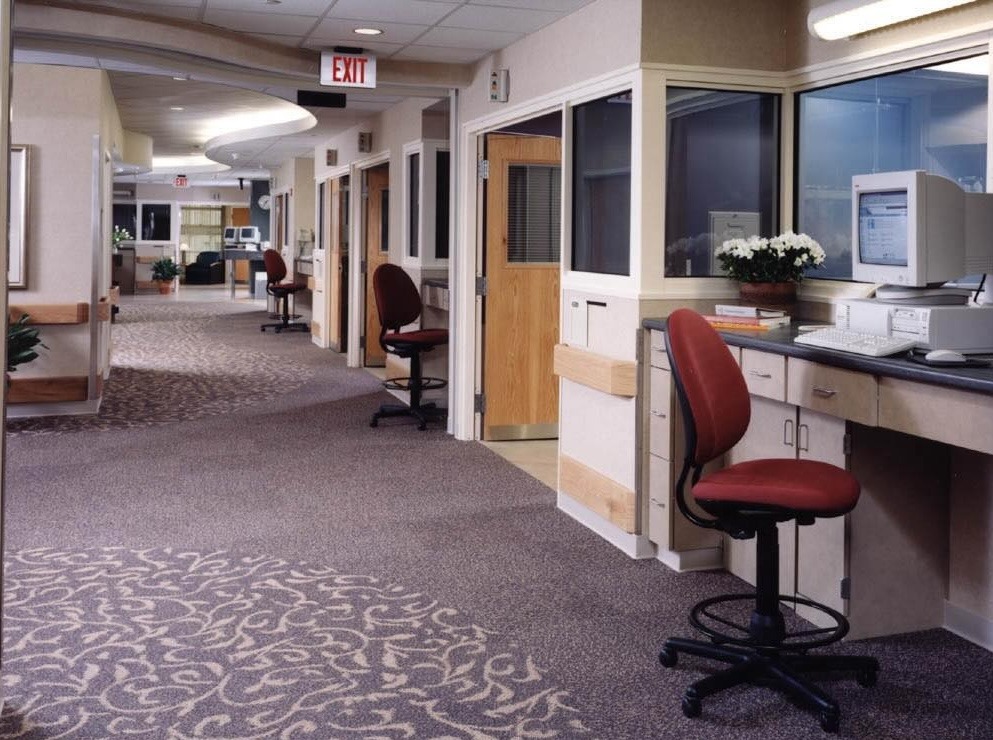Is a better workplace environment the solution to physician and nurse burnout or the staffing problems faced by the senior living industry?
Well obviously, that's not the only solution. But designing a healthcare workplace that supports and engages their mind, body, and spirit could go a long way to reduce staff turnover and burnout.
Learning from the Corporate Workplace Environment
I was reminded of this last week when I attended a presentation at NeoCon on "Creating a Culture of Caring for the Care: What We Can Learn From Corporate Workplace Design."
Led by Stacey Brimmer and David Euscher of Corgan, they didn't tell me much that I didn't already know. Nurses feel undervalued and think they have more work than they can handle. And 51% of them have musculoskeletal pain.
They didn't even talk about physicians. According to a 2016 survey by The Physician's Foundation, 49% of physicians often or always experience feelings of burnout.
"Focusing on employees first is akin to being on a plane and putting your oxygen mask on before your kids," Stacey said, quoting a hospital executive at New York Presbyterian Hospital.
I like that. What's more, happy employees make for happy patients -- or, in the case of senior living, residents.
Give People Choice & Control
Some of the corporate workplace considerations Stacey and David think that healthcare organizations could focus on are amenities, intuitive tech, co-working, health and wellness, and acoustics. They spoke about giving people choice and control over their workplace environment, with design solutions like:
- Sit to stand workstations
- Spaces for flexible collaboration and focused work
- Areas for socialization and learning
- Break and re-group spaces
- Access to the outdoors
These are all good things, but I think that finding ways to bring laughter and fun into the healthcare workplace environment is also important.
For example, the teenage wait staff at the upscale, but somewhat traditional senior living community where my mom and dad live in Central Illinois are notoriously slow and not very pro-active. Sometimes you have to ask two or three times just to get something as simple as a missing spoon.
If they had a workplace environment that they thought was fun, they'd be much happier, more engaged, and might just do a better job. Just say'in.
Finding Joy in Work
In its 2018 Environmental Scan, the American Hospital Association stated that 58% of hospital executives think it's very likely that by 2022 their hospital will have implemented strategies to increase employee job satisfaction and "joy in work."
Which is really interesting, because I had a conversation about this very topic at dinner last week with Kerri Badura, an interior designer at the Mayo Clinic in Phoenix, Ariz. She and her colleagues were in town for NeoCon.
Kerri told me their team had been tasked with "imbuing joy and innovation" in their projects. "While we have not developed a concrete way to create joy or innovation, it is something we are always discussing," she wrote in a follow up email. "The general idea related to joy is to increase staff to staff and staff to patient engagement and decrease burnout."
They are planning more staff collaboration and respite areas and talking about how to support improving the staff-patient relationship, because "happy staff equals patient joy."
I shared with Kerri my work with The C.A.R.E. Channel nature video and music programming for patients and how I witnessed its ability to bring comfort and joy to both patients and staff. Every workplace environment should have some kind of nature and music.
Beauty in Healthcare
Then I heard healthcare designer Roz Cama talk about beauty this week. She was giving a CEU presentation on glass as a material choice in healthcare and its ability to provide infection control, dignity and privacy, safety and visibility, and beauty and satisfaction. (Full disclosure: Skyline Design, which is one of my clients, sponsored the CEU.)
Roz shared a quote from Harvard Professor Elaine Scarry, author of the book, On Beauty and Being Just, who said, "The opposite of beauty is not ugliness, but injury."
In healthcare, Roz said, "a beautiful environment is one in which people can thrive and flourish."
And find joy.
P.S. Please do me a favor -- if you liked this post and like this blog, please share it with others by sending them the link or posting it on your Twitter, LinkedIn, or Facebook. Also, don't forget to subscribe, so you'll get emails when new content is posted. Thanks!







